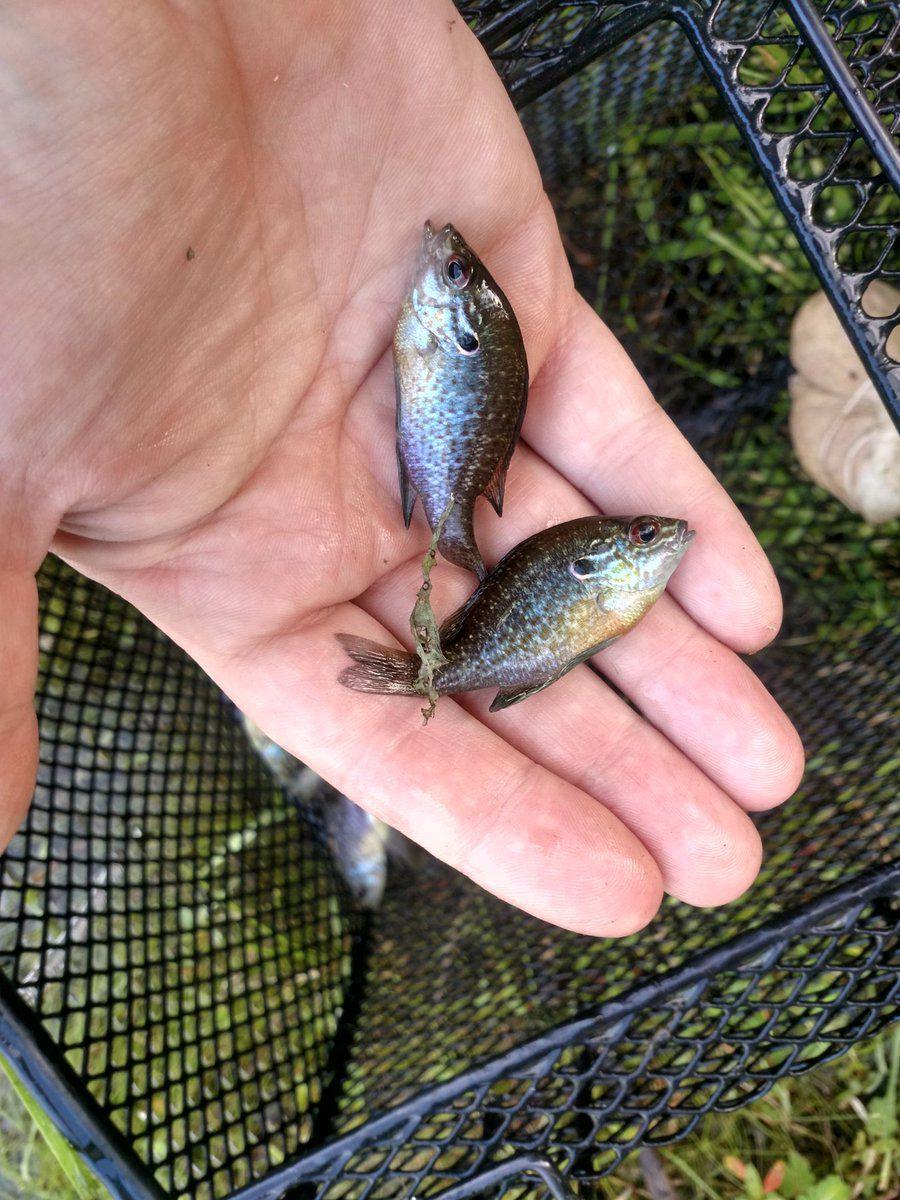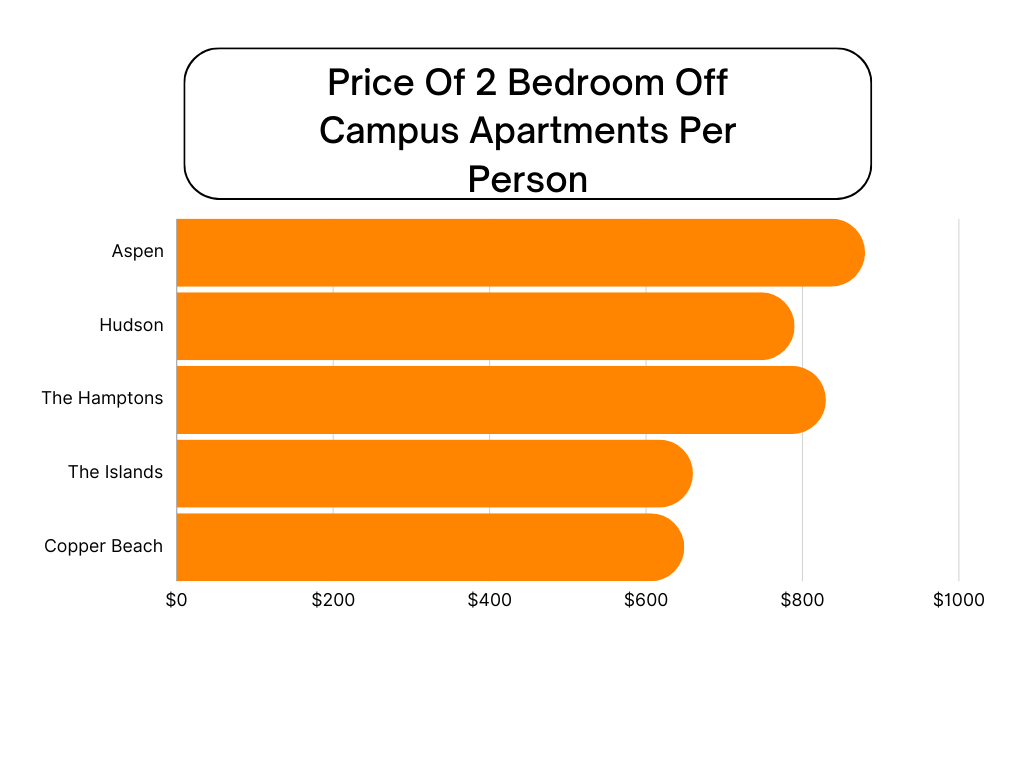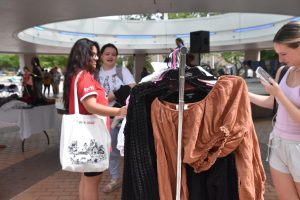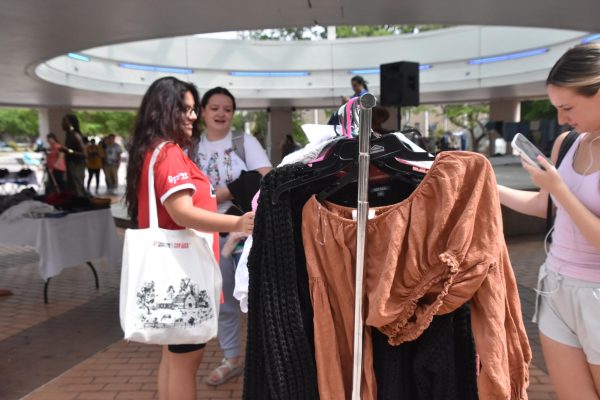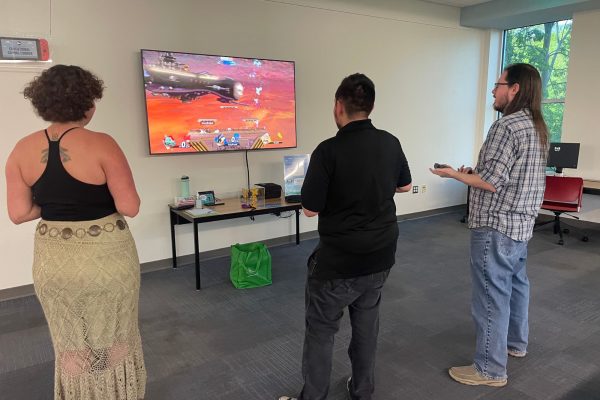Georgia Southern ponds beginning to see return of species
November 9, 2018
Georgia Southern University’s ponds are beginning to see a return of wildlife diversity in their waters.
The ponds on the Statesboro campus were dredged this past December to clean them out and make room for more wildlife growth.
“Dredging refers to removal and/or relocation of sediment from a channel, river, or lake,” Emily Kane, PhD, assistant professor of biology said in an email. “In ponds, like the ones on campus, this is done to allow the pond the space to continue accumulating sediment and prevent it from accumulating in other areas, such as drainage culverts.”
Before dredging, there were at least 19 species of fish present on campus, the most common being the Mosquitofish. Kane said that most of the fish found on campus belong to the Centrarchidae family, which includes sunfish and largemouth bass.
“We’ve also seen less common fishes, such as Florida gar, bowfin, swamp darters, pygmy sunfish, pickerel, chubsuckers and American eel,” Kane said. “Amphibians and reptiles are also common, and we’ve seen siren, amphiuma, several species of frogs, pond sliders, snapping, mud, musk and softshell turtles.”
{{tncms-inline account=”GaSouthernBiology” html=”<blockquote class="twitter-tweet"><p lang="en" dir="ltr">Warmouth (Lepomis gulosus). One of the early colonizers of campus ponds after draining and dredging. Ongoing study of pond recovery by our department. <a href="https://twitter.com/hashtag/fish?src=hash&amp;ref_src=twsrc%5Etfw">#fish</a> <a href="https://twitter.com/hashtag/aquaticecology?src=hash&amp;ref_src=twsrc%5Etfw">#aquaticecology</a> <a href="https://twitter.com/hashtag/biodiversity?src=hash&amp;ref_src=twsrc%5Etfw">#biodiversity</a> <a href="https://twitter.com/GSCOSM?ref_src=twsrc%5Etfw">@GSCOSM</a> <a href="https://twitter.com/KaneLabGSU?ref_src=twsrc%5Etfw">@KaneLabGSU</a> <a href="https://t.co/IqU55js4ID">pic.twitter.com/IqU55js4ID</a></p>&mdash; GaSouthernBiology (@GaSouthernBiol) <a href="https://twitter.com/GaSouthernBiol/status/1048183496659886080?ref_src=twsrc%5Etfw">October 5, 2018</a></blockquote>” id=”https://twitter.com/GaSouthernBiol/status/1048183496659886080″ type=”twitter”}}
Some faculty and students from the Biology Department worked to sample the ponds before dredging began, observing species diversity and attempting to relocate some fish. All caught fish were relocated to the drainage area on the south side of Forest Drive near Lot 33.
After dredging, the diversity in the ponds is beginning to build back up, and the Biology Department is hoping to see more progress in spring of 2019.
“In spring, many of the pond’s residents may be more active, and therefore more likely to be encountered either visually or in traps,” Kane said. “Mosquitofish are one of the first fish to colonize a new habitat, but are still not present in Lakes Ruby and Wells.”
Kane said Mosquitofish, as well as redbreast sunfish and siren are some of the common species that will indicate the return of wildlife diversity.
The dredging project is funded by student sustainability fees, Kane said.
More information about the wildlife that has been found on campus, as well as current observations, is available on the Georgia Southern Biological Survey iNaturalist page.
Rachel Adams, The George-Anne News Reporter, ganewsed@georgiasouthern.edu

